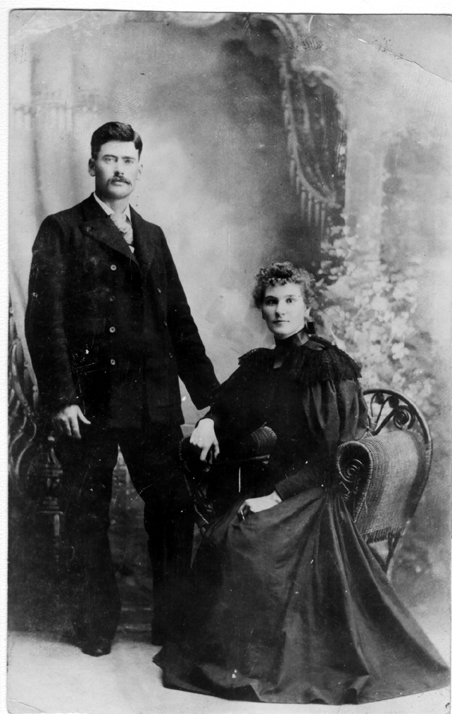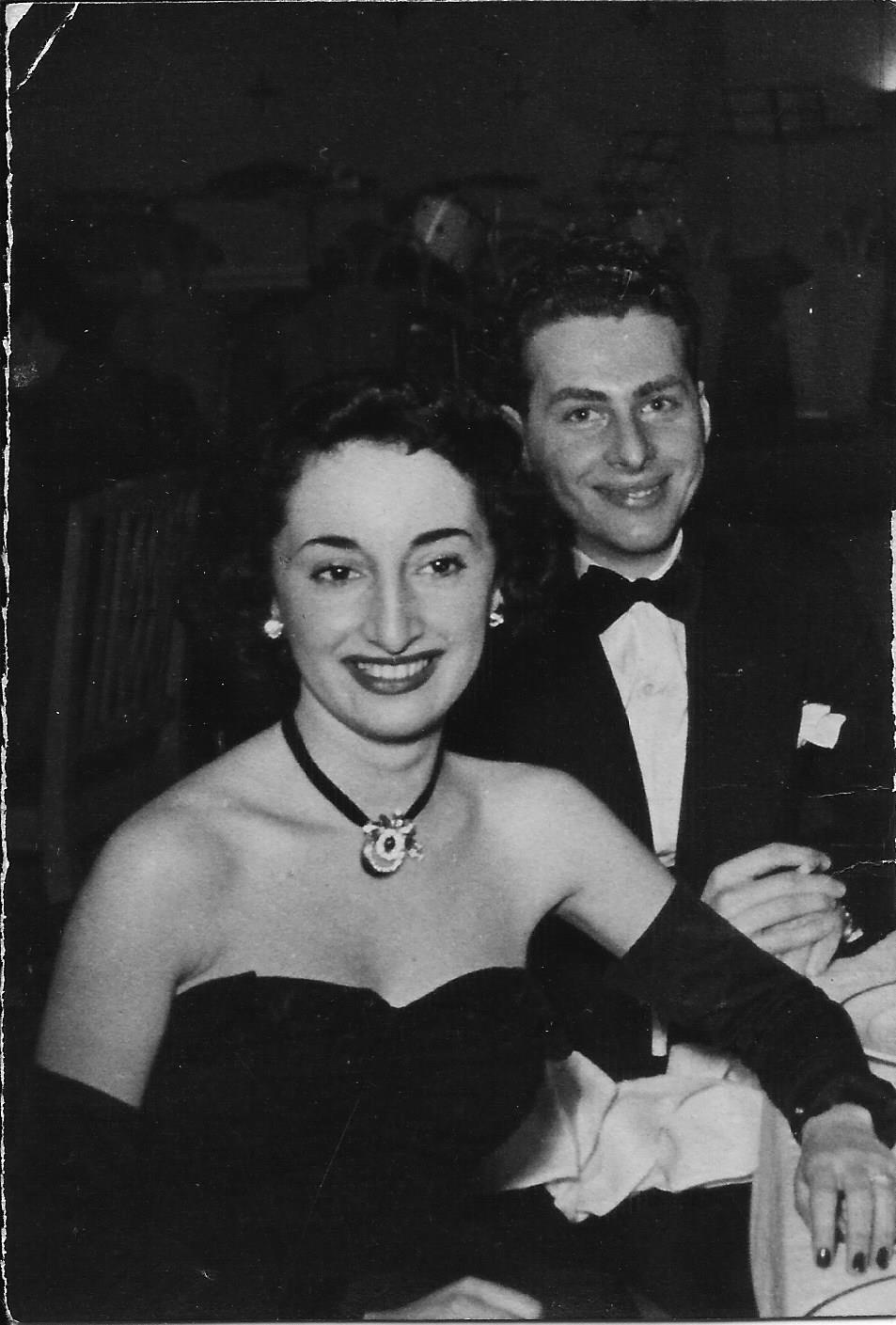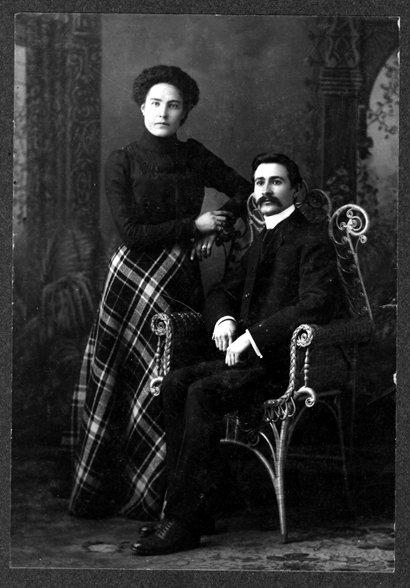


And also Lazure, Aveline, Aidus…
A fascinating journey discovering my origins.
 1701 - 1786 (84 years)
1701 - 1786 (84 years)
| |
Date |
Event(s) |
| 1 | 1702 | - 1702—1702: New York City yellow fever epidemic
Killed 500 residents of New York.
- 1702—1703: St. Lawrence Valley smallpox epidemic
Killed 300 settlers of New France along the Saint-Lawrence river valley.
|
| 2 | 1713 | - 1713—1715: North America measles epidemic
Killed an unknow number of residents of the Thirteen Colonies and New France, Canada
|
| 3 | 1720 | - 1720—1722: Great Plague of Marseille
Bubonic plague - over 100,000 dead in France.
|
| 4 | 1732 | - 1732—1733: 1733 New France smallpox epidemic
An outbreak originating in Boston hit Louisbourg, on present-day Cape Breton Island in Nova Scotia. Nearly 200 people died, many of them children. The rest of New France also suffered from a smallpox epidemic during this time.
|
| 5 | 1755 | - 1755—1775: Smalpox epidemic
From 1755 to 1775, smallpox struck again. This epidemic even affected the Seven Years' War, derailing captain Vaudreuil's military plans to attack New England. Over 2,500 cases were reported in Québec City in the first two years, with a mortality rate approaching 20% of the city. The smallpox that ravaged the country during this two-year period is considered the worst smallpox epidemic in Canadian history.
Incredibly, smallpox may have been used as a biological weapon against Indigenous people in the 1760s. Correspondence uncovered between Jeffery Amherst, commander in chief of the British forces in North America and one of his colonels, discuss the tactic of giving contaminated blankets to the Indigenous. We don't know for certain that Amherst's directives were followed, but the outrage it caused in recent years was enough to see Amherst's name removed from a Montreal street. It is now called Atateken Street, meaning "brothers and sisters" in the Kanienʼkéha language.
|







